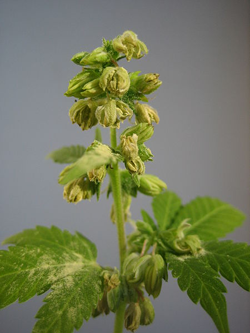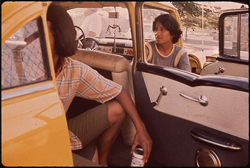Los Angeles County, California is receiving $1.1 million in federal funding for DUI Checkpoints and other traffic safety measures for the current fiscal year (October 2013-September 2014). The county is receiving an extra $1.419 million from UC Berkeley. The state Office of Traffic Safety funds DUI saturation patrols and overtime pay for personnel who work under the grant.
According to the California Office of Traffic and Safety website, California has the highest number of DUI and sobriety checkpoints annually than any other state in the country. A statewide survey claimed that almost 90% of those surveyed were in support of sobriety checkpoints.
![©2003 Larry Kanfer Photography [CC-BY-2.0 (http://commons.wikimedia.org/wiki/File:Lake_Calhoun_MN.jpg)], via Wikimedia Commons](/wp-content/uploads/2013/10/Lake_Calhoun_MN.jpg) Does law enforcement have the right to use search warrants in order to obtain a blood sample from a suspected impaired driver? The constitutionality of this question is being considered by the Minnesota Supreme Court this week. In Stearns County and in the city of St. Cloud, search warrants are required for drivers who will not voluntarily submit to a chemical test that will measure their blood alcohol content.
Does law enforcement have the right to use search warrants in order to obtain a blood sample from a suspected impaired driver? The constitutionality of this question is being considered by the Minnesota Supreme Court this week. In Stearns County and in the city of St. Cloud, search warrants are required for drivers who will not voluntarily submit to a chemical test that will measure their blood alcohol content. Montana State Representative Champ Edmunds sponsored a
Montana State Representative Champ Edmunds sponsored a  What are the laws in Minnesota regarding
What are the laws in Minnesota regarding  A new Senate bill in Indiana, Senate bill 168, has the potential to change how all
A new Senate bill in Indiana, Senate bill 168, has the potential to change how all 

